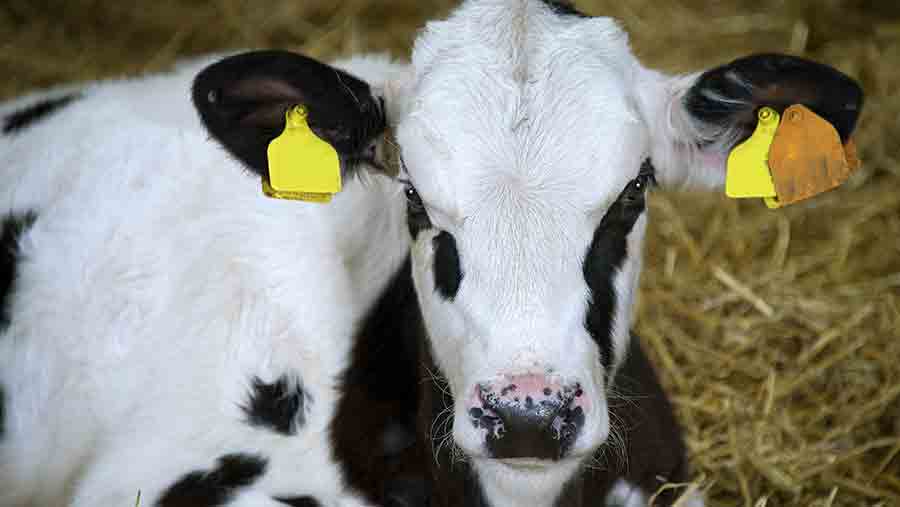Dutch grow veal production as dairy herd shrinks
 © Christopher Jones/Shutterstock
© Christopher Jones/Shutterstock An increase in veal production has seen the Dutch farming sector increase beef production by 9% in a year, at a time when the national dairy herd is shrinking.
Of the 476,000t of beef produced in the Netherlands in 2018, nearly 60% (279,000t) came from calves and young cattle under 12 months of age.
The veal sector is significant as almost all beef produced in the Netherlands comes from the dairy herd, with specialist beef herds accounting for just 3% of cattle.
See also: So you want to…get into veal
However, the dairy herd has been in decline since 2017, when tighter phosphate regulations were introduced forcing farmers to cull cattle to reduce herd sizes to 2015 levels.
Although the bulk of culling was carried out earlier in 2017, between December 2017 and December 2018, the dairy herd declined by another 7%, or 113,000 head.
Gathered pace
Total beef and veal production was comparatively low for the first six months of 2018, due to high cows slaughterings in early 2017.
But production gathered pace during the second half of the year, almost entirely driven by an increase in the production of traditional veal (up to eight months old) and older rose veal (eight to 12 months old).
It is thought that heifers that once would have been destined to enter the dairy herd, but now cannot, have contributed to this increase in calf slaughterings.
Chinese market
The Netherlands exports much of the veal it produces each year, with its major markets being Germany, France and Italy.
Last year, a Dutch abattoir also became the first in Europe to gain approval to export boneless veal products to China.
The UK also grew its exports of fresh and frozen beef and veal to the Netherlands in 2018 by 19%.
Global market update
- Global beef production is forecast to rise in 2019, as major producers such as Brazil, the US and China increase their output
- Australia has a lower exportable surplus following widespread drought in two major cattle-producing states as well as stock losses from severe flooding in the north
- Major beef exporters around the world increased their volumes in January 2019 as Chinese consumers’ appetite for beef grows amid African swine fever concerns.
- Chinese beef production is forecast to grow 2% in 2019, while imports are forecast to rise 15%.
Source: USDA
